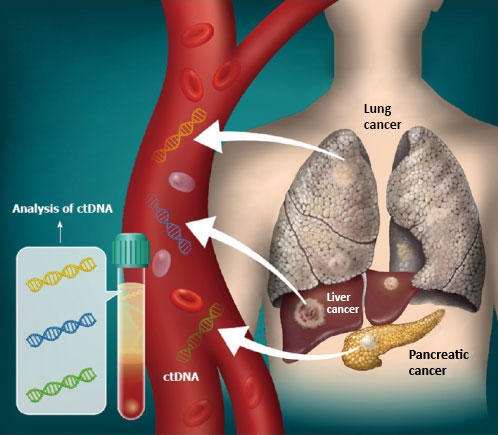Australian grain growers will be able to better manage and mitigate soil water repellence and its impact on crops thanks to a new research project exploring management options.
Soil water repellence is where soils temporarily resist wetting, restricting the water available for crops.
It affects more than five million hectares of cropping area in Western and Southern Australia, costing growers an estimated $100 million each year in reduced yield due to poorer germination, nutrient storage and availability, and plant-available water.
The five-year, $3.9 million GRDC investment led by Murdoch University will explore the relationship between soil repellence and crop and pasture species, stubble and farming systems across different seasons and soil types.
Murdoch University will partner with The University of Queensland, Leibniz University, the University of Adelaide, the South Australian Research and Development Institute, a division of Primary Industries and Regions South Australia, and grower groups across each region.
Professor David Henry from the Centre for Sustainable Farming Systems at Murdoch University leads the project. He said the spatial and seasonal variations in soil water repellence create significant challenges for growers.
"Australian growers are aware of existing amelioration and mitigation methods available for managing soil water repellence, largely due to previous GRDC-invested research in this space," Professor Henry said.
However, there are gaps and issues remaining including the dependence on applying soil wetters each year, the 'patchiness' of areas affected and the impact of stubble. The project team will explore how common crop types (wheat, canola, barley, oats, and pulses) as well as pasture species (ryegrass and clover) contribute to soil water repellence both within and across crop rotations.
GRDC Manager Sustainable Cropping Systems Rowan Maddern said issues related to soil water repellence continued to be raised by growers at GRDC National Grower Network (NGN) meetings.
"GRDC has undertaken previous projects looking at the available management options for soil water repellence including wetter placement, application rates, wetter tie ups on stubble and practical methods for applying clay," Dr Maddern said.
"But the unpredictable and transient nature of soil water repellence, coupled with gaps in understanding of where and when to target soil amelioration, means that wetters are often applied by growers as an insurance option, which can be expensive and is not always effective.
This project will explore these gaps and issues to develop management options for growers focusing on crop type and environmental conditions, cost-benefit analysis and the biological and wetter chemistries currently available.
Information and resources generated by the project will support growers to manage soil water repellence both strategically and tactically.
They will include recommendations on crop sequence and strategic soil tillage such as spading, as well as optimal sowing times, direction of sowing and the use of soil wetters.
Field trials for the project will start this year in the Geraldton and Wickepin regions in WA, the Mallee region in SA and the Mallee/Wimmera region of Victoria across a range of non-wetting soil types.
Research findings are expected to be available from the second year of the project (2026) and will be communicated to growers via GRDC, grower groups and agronomists.






